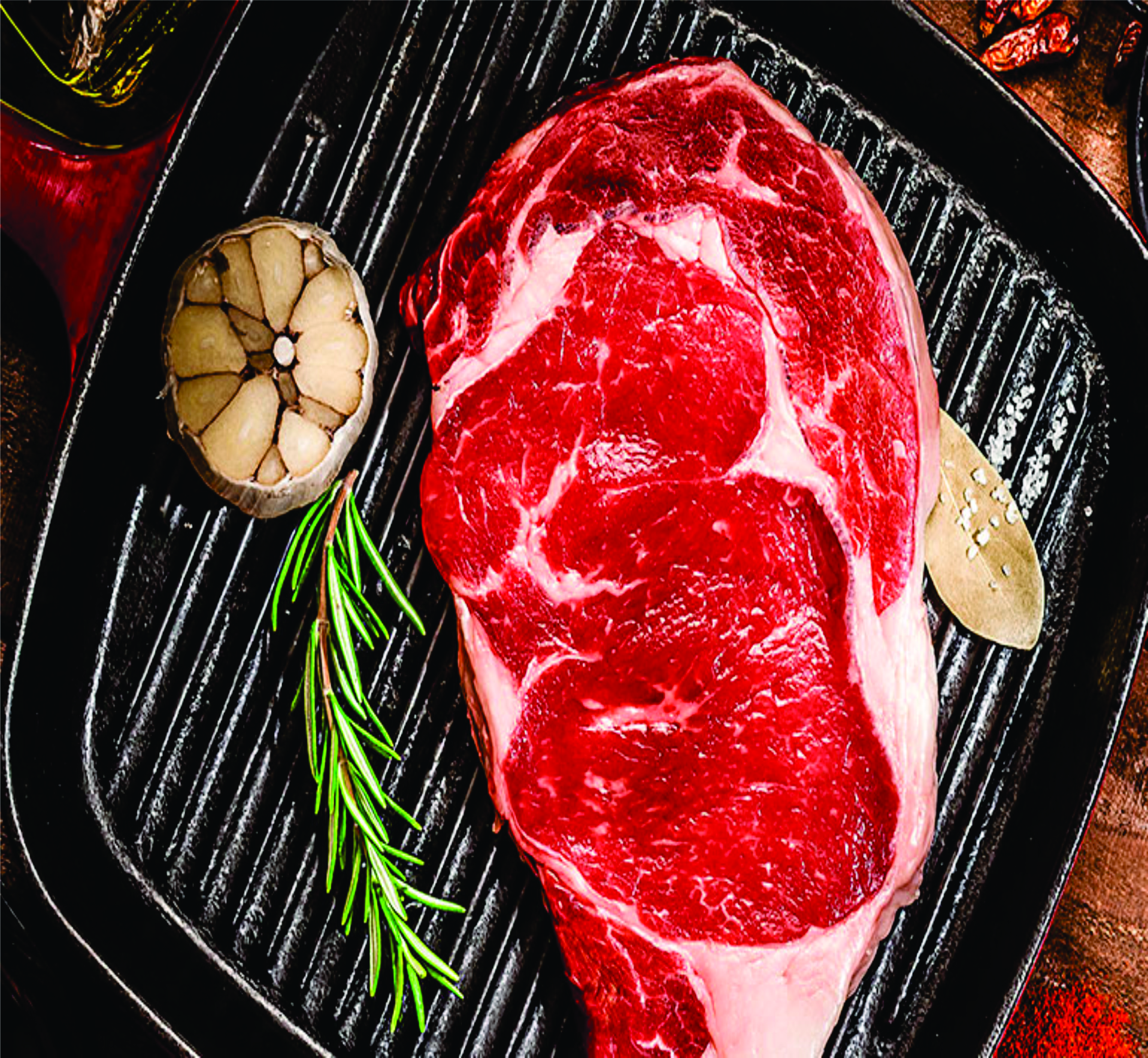-
16A, Ijaiye road, Ogba
Lagos -
+234 803 5777 577
info@tanphija.com


Deterioration of fruits, vegetables, Red meat, Chicken and Fishes during storage depends largely on temperature. One way to slow down these changes and to increase the lengths of time of fruits, vegetables, chicken and fishes stored; it is by maintaining the temperature to an appropriate level of the required temperatures. This must be a conscious design and It must be remembered that if the temperature is too low or too high the products will be damaged and also that as soon as the products leaves the cold store, deterioration starts again and often at a faster rate. This is why in Tanphija Company we advocating for temporary storage, before the final distributions of products to end consumers.
All products either beef, fruits and vegetables have a ‘critical temperature’ which must be maintain and below would be undesirable and irreversible reactions or ‘chill damage’ takes place. Carrots for example blacken and become soft, and the cell structure of potatoes is destroyed, while beef on the other hands will completely lost the moistures that contain the major nutrients.
The storage temperature always has to be above this critical temperature. One has to be careful that even though the thermostat is set at a temperature above the critical temperature, the thermostatic oscillation in temperature does not result in storage temperature falling below the critical temperature. Even 0.5°C below the critical temperature can result in chill damage. Some typical fresh fruit and vegetable solutions are between +2/+12 degrees, while beef range between 0/ -25 respectively.
Temperature controlled rooms or storage warehouses are extremely important for many abattoir, supermarket,
food shops and pharmaceutical inventories such as drugs, vaccines and blood samples which need to be stored within
certain narrow temperature bands in order to remain usable. Any compromise in the quality of stored inventory
can have severe impacts on the health of patients at the facility which means many healthcare providers spend a
lot of time ensuring the security and quality of their pharmaceutical cold chains.

Meat itself is not a living organism but it is subject to endogenic enzymatic activity, or proteolysis, which causes muscle tissue to mature, become tender and develop a typical taste. This process is retarded by cold. Due to its chemical composition which is rich in proteins, lipids and water, meat is a particularly favorable substrate for the growth of microorganisms. The lipidic content also makes it very sensitive to oxidation.
Healthy animals, hygienically slaughtered after resting and fasting, provide a practically aseptic meat. However, following slaughter the evisceration and dressing operations inevitably produce microbial contamination in depth and especially on the surface, through contact with equipment, tools, hands and clothes, despite all precautions.
Again, micro-organism growth is a temperature-dependent process. To avoid it, it is absolutely essential to reduce the temperature of the meat, especially on the surface, immediately after dressing. Cooling must therefore be carried out in the slaughterhouse itself. This operation is known as primary chilling.